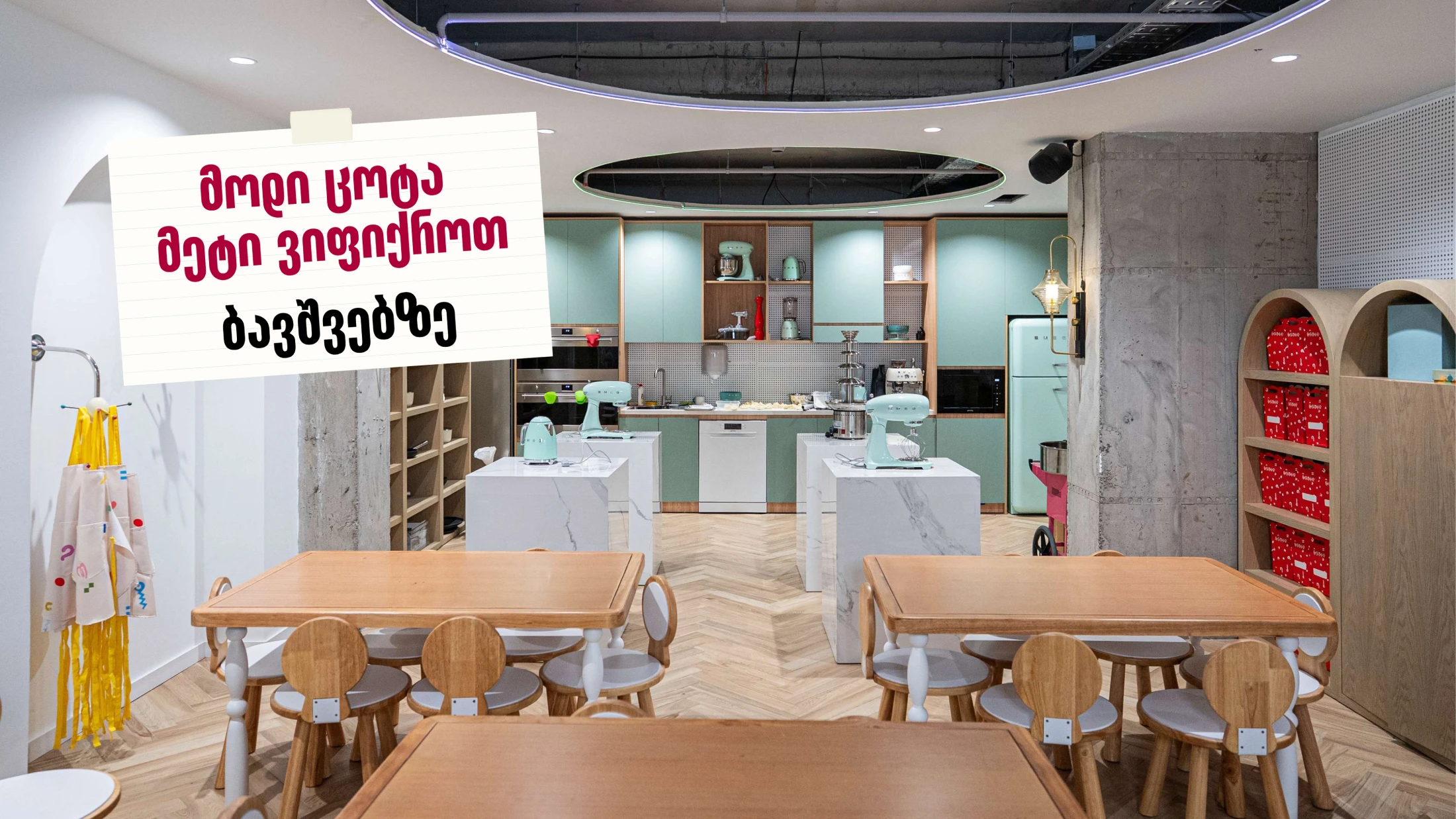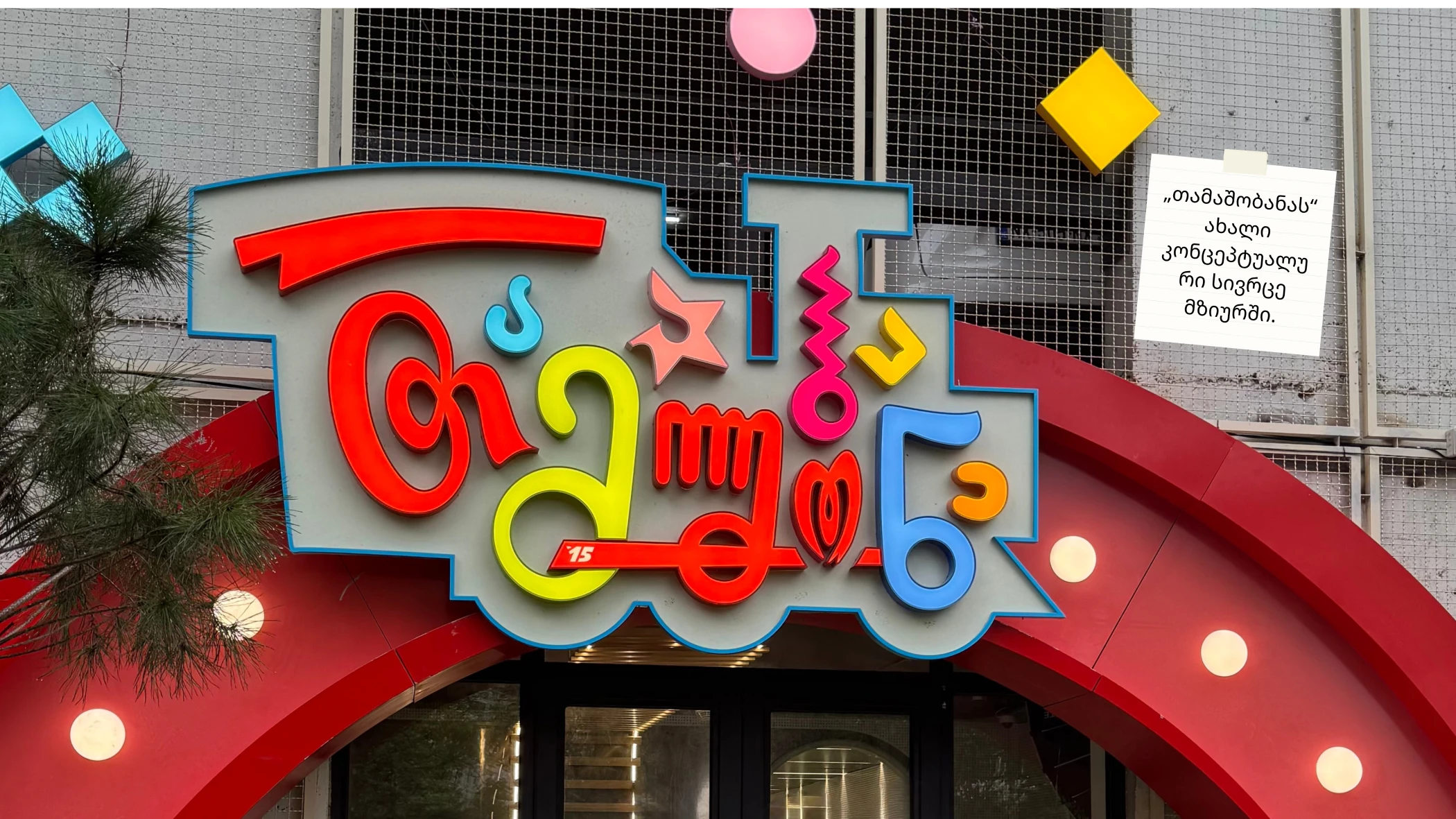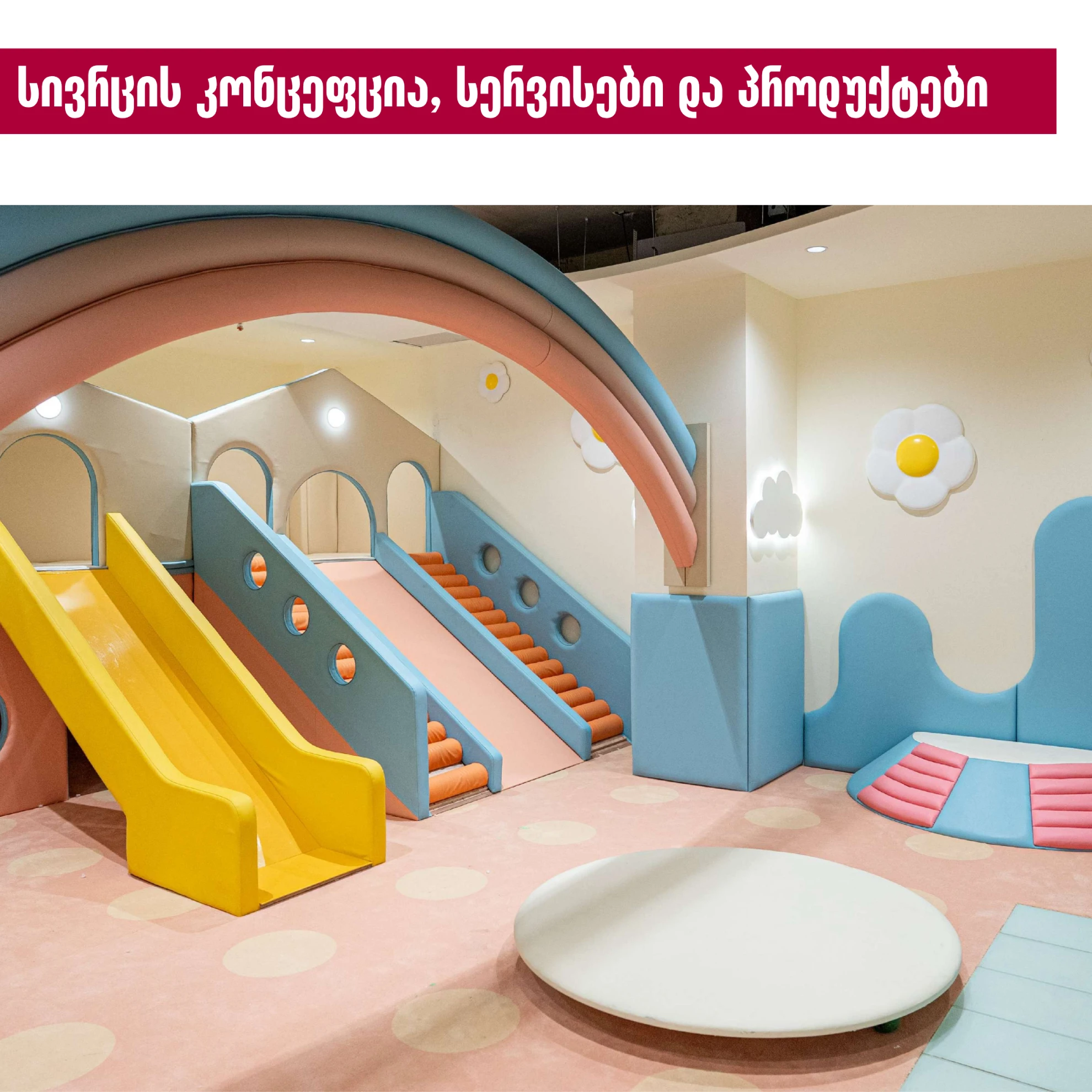Tamashobana’s Rebranding and Marketing for Kids
"Everyone Wants to Play"
“Let’s think a little more about children.” This was one of the key phrases that echoed throughout my conversations with the Tamashobana team. I wanted to start the article with this line because, when it comes to children’s brands, this is often the biggest issue—and the biggest challenge.
What makes the Tamashobana brand stand out? What journey took them from simple board games to a diverse conceptual space? What values is the brand built on, and how did the rebranding unfold? Let’s talk about...

Children Marketing – A Profitable Market or an Unconsious Responsibility?
A child, as a consumer, holds tremendous power. When we talk about family spending, in many cases, the child is the most influential figure. You might sacrifice something for yourself, cut back on your own needs—but not for your child. That’s what makes them an attractive target across many industries.
Research shows that children begin forming emotional connections with brands at an early age. When communication is thoughtfully designed, this bond can last a lifetime. That’s why it’s essential for brands to consider children’s developmental stages, needs, and challenges—and act accordingly.
As profitable as the children’s sector may be, the responsibility it carries is just as significant.
Today, the industry faces numerous issues. For example, many parents complain about excessively loud music in children’s entertainment centers, yet there are still no clear regulations on acoustic noise levels—or a sense of responsibility from businesses. In those same centers, the food quality is a recurring concern. Only a handful of venues meet ISO standards or hold the necessary certifications. So where is the accountability?
Beyond that, children—especially today’s children—face countless challenges: school pressure, grades, peer relationships, bullying, family conflict, online games, and exposure to inappropriate platforms. Brands that create products or services for children have a real opportunity to positively shape childhood culture and make a genuine impact on their daily lives.
A brand is not just a business—it’s a strategy for meeting needs and upholding values.
Is Play More Than Just a Game?
At Tamashobana, play is treated as a philosophy.
According to research, it takes around 400 repetitions for a new neural connection to form in the brain. But if that learning happens through play—it only takes 20 repetitions. That’s why every part of Tamashobana’s new space integrates elements of play—even down to the café menu.
While parents are generally willing to spend money on their children, quality and safety are equally non-negotiable. These factors are what build long-term trust, creating loyal customers—and sometimes, growing the brand solely through word of mouth.
At Tamashobana, the team says that one of the key reasons for their smooth and rapid launch of the new space was the strategic groundwork they laid early on:
“Around two years ago, we quit our jobs and invited specialists from the field. We held business workshops that, to be honest, were tough—there was a lot of pressure, a lot of difficult questions, and many of our initial ideas were challenged. But it was through this process that we realized how strong our desire really was. The workshops helped us in several ways:
- We fully developed and refined our business plan;
- We decided we didn’t need an investor—we truly believed in our concept;
- We visited many potential spaces until we found the perfect one. It required a much larger loan, but we were so confident in our idea that we took the financial leap without hesitation.
We reached out to the right people, brought in the right expertise, and built the right team. Within two weeks of launching the new space, we had already hosted 70 events. None of this would have been possible in such a short time if we hadn’t mapped everything out over those two years.” — Nau Songhulashvili, Co-founder.
Rebranding
As Tamashobana expanded, a rebrand naturally followed. The visual side was once again entrusted to Matasi Sulakauri, who had crafted the very first look and feel when the brand was born.
“Play, curiosity, and celebration—balanced with reliability, flexibility, and discipline—have always been Tamashobana’s fundamental values. Now, at a larger scale, those qualities are even clearer and easier to spot.
The new identity is livelier, more flexible, cool, and harmonious. By harmonious I mean that every single touchpoint ties back to our aspiration: to create a carefree childhood through play.” — Eko Chubinidze, Head of Marketing & Sales
Visual Identity
Matasi Sulakauri, Art Director
“Tamashobana’s" visual concept took shape in 2015—a locomotive ready to whisk you away on a journey of endless fun. Begi and I developed it back then. Over time, the concept spread from graphics to staff uniforms, letting the identity unfold more broadly.

Ten years on, it still carries the same core idea—yet with a completely fresh and diversified visual narrative. It’s a rare privilege for a designer to watch a brand you created evolve for a decade, while staying equally involved in shaping the space concept, exterior design, inventory branding, and all the tiny details that now form this larger-than-life brand.
Our challenge was twofold: refresh the brand and build a design system that could handle ongoing, spontaneous demands as the company grows.
The brand’s long name provided the perfect base to merge with our dominant symbol—the locomotive—resulting in a playful, decorative wordmark that scales beautifully across the main logo, sub-brands, way-finding, and more.

Each letter has its own hint of personality, so anyone can reinterpret them into characters—ones you’ll keep meeting throughout the Tamashobana space.”*

Space Concept, Services & Products
The new Tamashobana venue elevates children’s branded experiences to a whole new level. Every element—from the café to the theatre—belongs to one grand journey that echoes the locomotive symbol both visually and conceptually.
- Design: Created by a Shanghai-based architectural firm specializing in children’s spaces; production and local coordination by Georgian company Sympex Solutions.
- Atmosphere: Colorful, inviting, and entirely aligned with brand values.
- Key Zones
- Children’s Café
- Store with books and one-of-a-kind toys
- Themed Rooms
- Curious Parents Club
- Weekend School
- Theatre for concerts and interactive performances
- Soon: An outdoor yard for nature play, gardening, and landscape workshops
From strategy to spatial design, Tamashobana demonstrates how a thoughtfully updated identity can unify every touchpoint—and turn a brand into an immersive, ever-growing world of play.
What Can Other Children’s Brands Learn from Tamashobana?
1. Accountability to Both Children and Parents
A children’s brand carries a dual responsibility. At Tamashobana they believe that discipline is a cornerstone of both success and happiness:
“We never cross the line. You can be carefree, but you must never be reckless. We know exactly where the red lines are—safety is paramount and never negotiable. We also try to preserve the spirit of free play: no one hovers over the child or forces rules; they play as they wish.
Look closely—most children’s businesses feed on anxiety. Many brands trigger guilt and worry in parents. That is a red line we will never cross.” — Nini Chikovani, Co-founder
2. Fostering Cultural Values
Lasting success rests on shared values and culture:
“In this business, culture is everything—who I entrust with my child, their attitude, their values—from the founders to the cooks. Too many children’s brands lack the deeper values that should sit above KPIs. Culture and soul define success both externally and internally, among the team.
Wherever we go, we share our knowledge and experience. One goal of our new space is to help other venues become as safe and child-oriented as possible.” — Nau Songhulashvili, Co-founder
3. Encouraging Growth, Not Just Sales
A strong brand keeps evolving. Over ten years Tamashobana has tried countless ideas—some worked, others didn’t, but the drive to create joyful experiences never fades:
“When we started, failure was inevitable.We once printed 500 copies of 10 different board games for a big pop-up sale. We even borrowed a van to haul them, convinced we’d sell out in a day… We sold two. It’s one of my favourite ‘fails.’ As a beginner you must allow yourself mistakes; in that test-and-learn phase you’ll get many things wrong—but you’ll learn even more.”
— Nini Chikovani, Co-founder
4. Balancing Brand Value—Commercial vs. Moral Impact
Throughout the interview the team stressed that some projects bring little financial return but huge intrinsic value. Alongside commercially sound ventures, they always run low-margin-yet-meaningful initiatives:
“Tamashobana is a celebration of play and curiosity. We want those three words—play, curiosity, celebration—to power everyday life for children and adults.
In everything we do, we act with a child’s heart and a parent’s mind. Striking that balance is one of the key ingredients of success in the kids’ sector.” — Eko Chubinidze, Head of Marketing & Sales
Brand’s Now & Next – Tamashobana Today and Tomorrow

“Tamashobana is currently in the phase of bringing our fantasies, thoughts, and beliefs into reality and testing them. We’re closely observing how our brand fits the needs of our customers — and vice versa, how our visitors become friends with our project. With feedback, we’re constantly improving our processes. We’re falling more and more in love with the work we do and the ideas that originally sparked our passion. Looking ahead, we want to use the transformative power of play to bring curiosity and joy into the lives of both children and adults — through engaging products, services, and regional growth.” — Tatia Revazishvili, CEO
Tamashobana – Brand’s Now & Next
Now: Tamashobana is in an experimental phase — turning ideas and beliefs into real experiences and closely observing how the brand connects with families. With daily feedback, they constantly improve and grow more passionate about their mission.
Next: Looking ahead, they aim to spread curiosity and joy through the transformative power of play — offering meaningful products and services and expanding regionally, for both children and adults. — Tatia Revazishvili, CEO
Conclusion
Tamashobana’s journey shows how powerful a brand can be when it is built on values, not just market trends. It proves that a strong brand strategy is not just about commercial success — it’s a tool for observing people, listening to their needs, and offering something even better in return.
In the world of children’s services, this responsibility is doubled — and Tamashobana embraces it with care, creativity, and heart. What started as play has grown into a mission: to shape a more joyful, thoughtful, and safe childhood experience — and to contribute to building the kind of society in which the brand itself wants to grow.
The photographic materials used in the visuals belong to respective brand and constitute their intellectual property.
